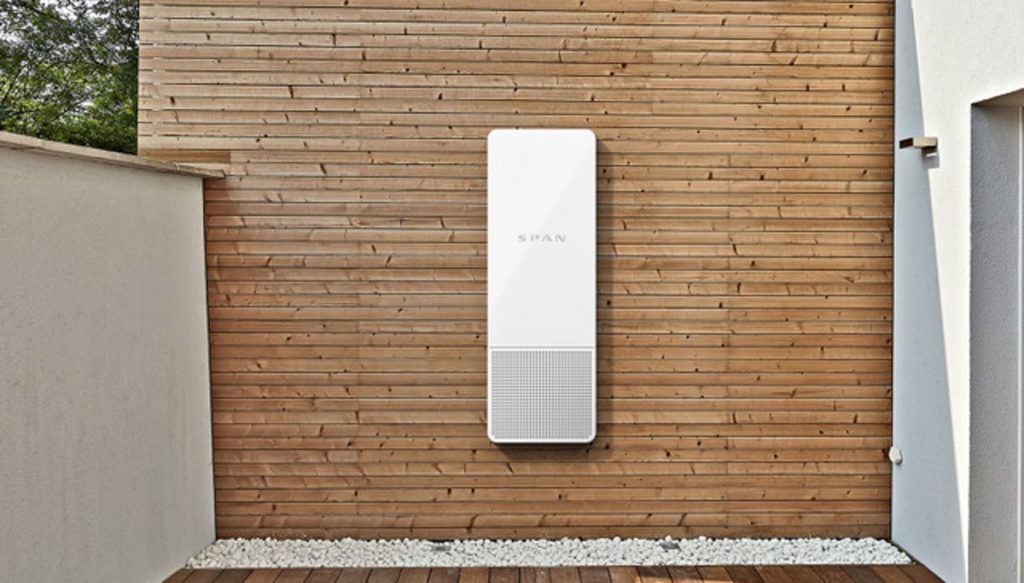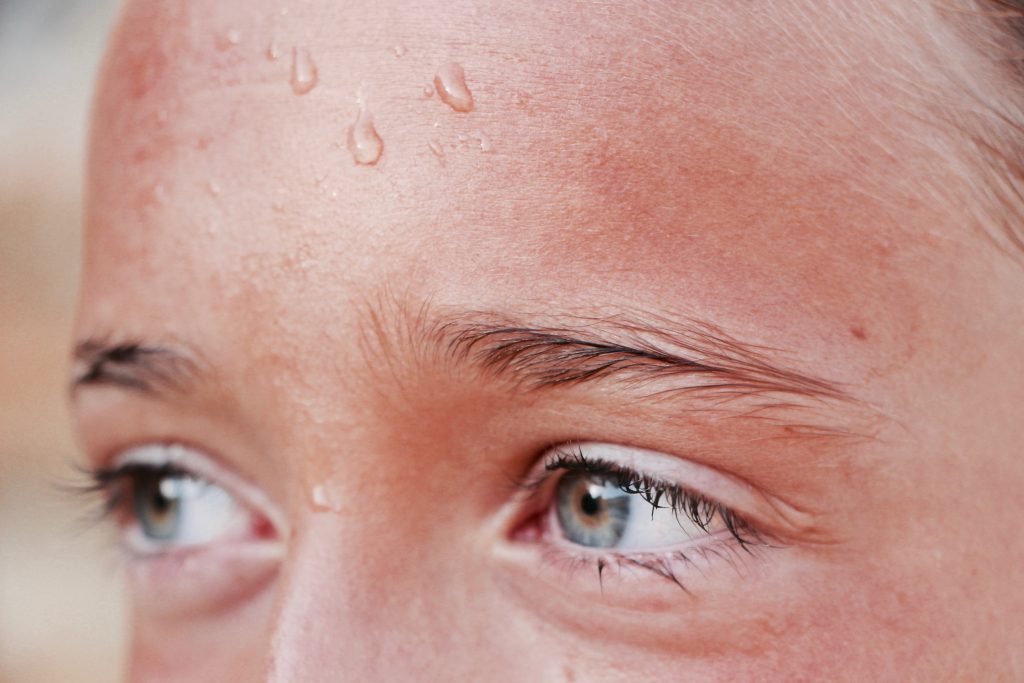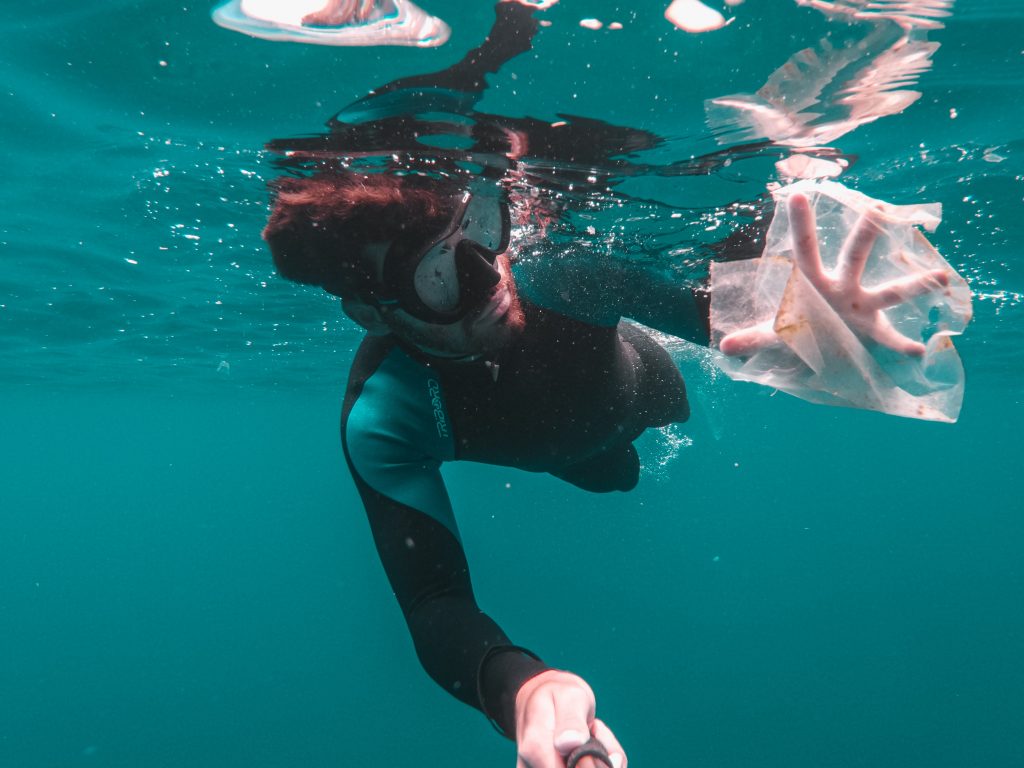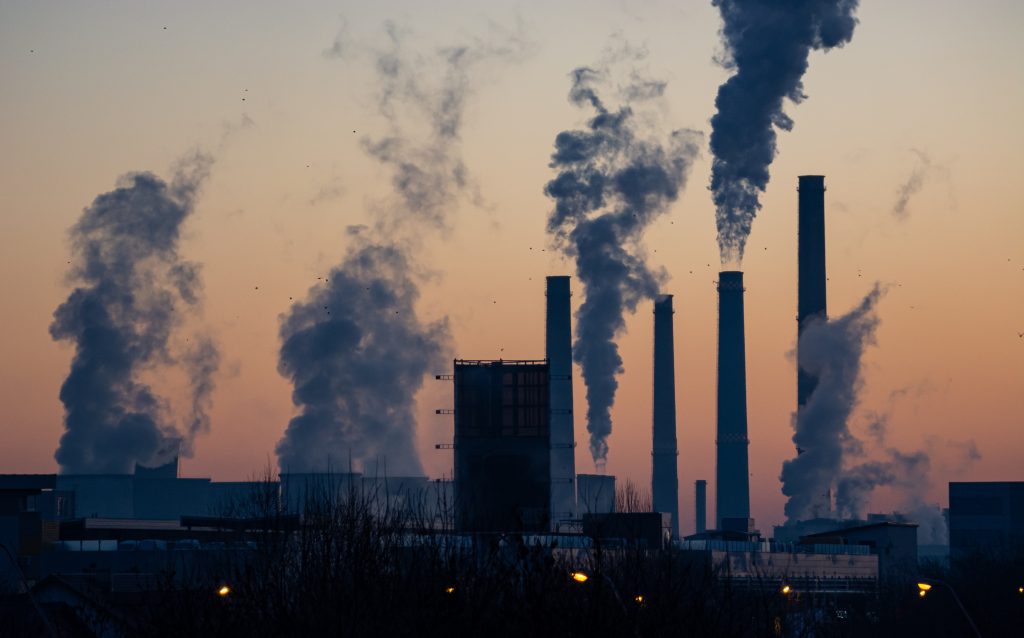To: The Impact Readers
Howdy 🤠
Month two of lock-down for California and New York brings a continuously unrelenting COVID-19 news-cycle, but now with hints of summer. Don’t worry, we’re here to break up the pace a little bit – and give a few tips to get through this next week.
In Your Inbox: Plastic in The Air We Breath, Burnout from COVID, & New Updated Numbers on Global Energy Usage

Span.IO has upgraded the home electrical panel by adding smart communication features to it. Much like smart thermostats did you can now have an app to reconfigure and manage your home electrical panel.
Span.IO raised $10M and seems to be a direct competitor to the Lumin Smart Panel – which helps installers build out an intelligent [app connected] protected loads panel for homeowners that want energy storage. That protected loads panel, much like Span costs $1,000 – $2,000 depending on the home…not including installation of course.
The application for these smart panels are clear – homes that are planning to go solar and possibly add storage down the road. Rather than having additional wiring to bring in Lumin, Span reduces installation costs due to less wiring, helps homeowners reconfigure their protected loads during an outage and helps give you more insight into how you use energy throughout your home – at a breaker level. Not to mention utilities gaining further control over your home’s energy usage to turn off breakers in your house during demand response events.
Span is an interesting company bringing a real solution to market to help provide an incentive to homeowners to go solar & storage by reducing the electrical panel upgrade costs.

Climate change means heat – lesser thought of, is that it also means humidity. That’s important because humid heat impairs our ability to sweat, making it more dangerous than dry heat alone. A new study published in Science Advances, identifies thousands of deadly humid-heat weather combinations over 5 continents, with hotspots on the US Gold Coast and the Persian Gulf.
We have an upper physiological limit at a wet-bulb temperature (TW) of 35°C at which point the human body is no longer able to cool itself and starts to overheat.
“Previous studies projected that this would happen several decades from now, but this shows it’s happening right now,” the study’s lead author Colin Raymond told WIRED. “The times these events last will increase, and the areas they affect will grow in direct correlation with global warming.”

We know there’s micro-plastics in the ocean – and giant garbage patches. But we thought they stayed there. It’s been studied how micro-plastics travel from our washing machines and sinks to corrupting seafloor ecosystems in seafloor sediment.
A new study published in the journal PLoS One, found that hundreds of thousands of tonnes of micro-plastics could be blowing ashore on the sea breeze every year. Micro-plastics, mixed with the usual salt, bacteria, viruses, and anything else that hitches a ride to the surface is aerosolized by anything from crashing waves to bubbles.
This new finding shows another complex and problematic part of the micro-plastic life-cycle that has implications not only in the sea air, but also on our atmosphere.

The International Energy Agency (IEA) recently expanded and published a detailed report, including coverage of energy demand and carbon emissions due to COVID-19. Key takeaways include:
As a result, carbon emissions are expected to decline by 8%, or almost 2.6 gigatonnes, to levels of 10 years ago. This is perhaps one of the positive impacts of COVID-19. In light of the current crisis, we can truly see the effect of renewable energy and its impact. And one thing to remember is that the cost of renewable projects (and energy) decreases as these resources become more available.
However, these emissions reductions should be seen as a cause of COVID-19, not as a permanent change. The IEA does warn that there may be a rebound in emissions, and this rebound could be larger than the decline.
To counteract this potential rebound, companies and investments should look towards cleaner and resilient energy infrastructure. As the US workforce has seen the most unemployment in history, now is the time to create jobs that contribute to climate change and reducing carbon emissions.
We’ve had COVID-19 in the States since February, and it’s been relentlessly dominating every news-cycle and aspect of life since March. California and New York residents have been under lock-down for two months. Burnout and crisis fatigue are real.
Many of us are feeling it without realizing and addressing it, so here are some tips that help anyone – even if you’re not sure you’re feeling burnout or not.
The goal is to get out of survival mode – mindfulness is a great practice to decompress
Take a moment to observe your emotions at a given moment. Labeling them can be a great trick to help get into the mindset and add some separation between yourself and them.
Then take a minute to calm yourself. Let your muscles stretch tall, and relax. Then breath. 3 seconds inhale through your nose… and a six second exhale through your mouth. When you’re feeling super restless you can start with jumping jacks or running in place before coming back into the present moment.
Let your judgments roll past yourself.and continue to observe the present moment as it is. When your mind gets carried away to another thought, label it as a thought and return to the present moment. Don’t worry when your mind wanders–that’s how they work–recognize when it happens and gently bring it back.
Debbie Levin The founder of the Environmental Media Association had an awesome interview with Ian Sumner – Tune into this episode of BIG FEET to learn how everyone of us can have a positive social impact on the world by sharing your environmentally friendly habits with the world. The best part is that you don’t have to be a celebrity to make it happen!
Develop your market map of up-and-coming climate startups and market opportunities by subscribing to our weekly newsletter for free.